Published on 31.12.2023
Barbara Zoé Kiolbassa is a researcher, art mediator, and curator for community based practices between art, media, and ecology. She has worked as Curator of Education at ZKM | Center for Art and Media Karlsruhe, Germany, focusing on projects such as “Critical Zones. Observatories for Earthly Politics” (2020–2022) and “Digital Imaginaries. Africas in Production” (2018–2019), and joined documenta fifteen as a Digital Coordinator in 2022. Her research project “Mediating Media Arts”, led with Fanny Kranz, took her to Korea, Japan, Indonesia, and Singapore, looking to establish and draw connections of media art mediation across time zones.
Oliver-Selim Boualam lives and works as an artist and designer in Karlsruhe. His participatory sculptures and experimental objects always search for the fun and unusual in everyday routines. While working with an array of different materials – from wood and steel to plastics and ceramics – his designs try to reflect both a playful and social component. Boualam is part of the design duo BNAG and belongs to the FAN collective.
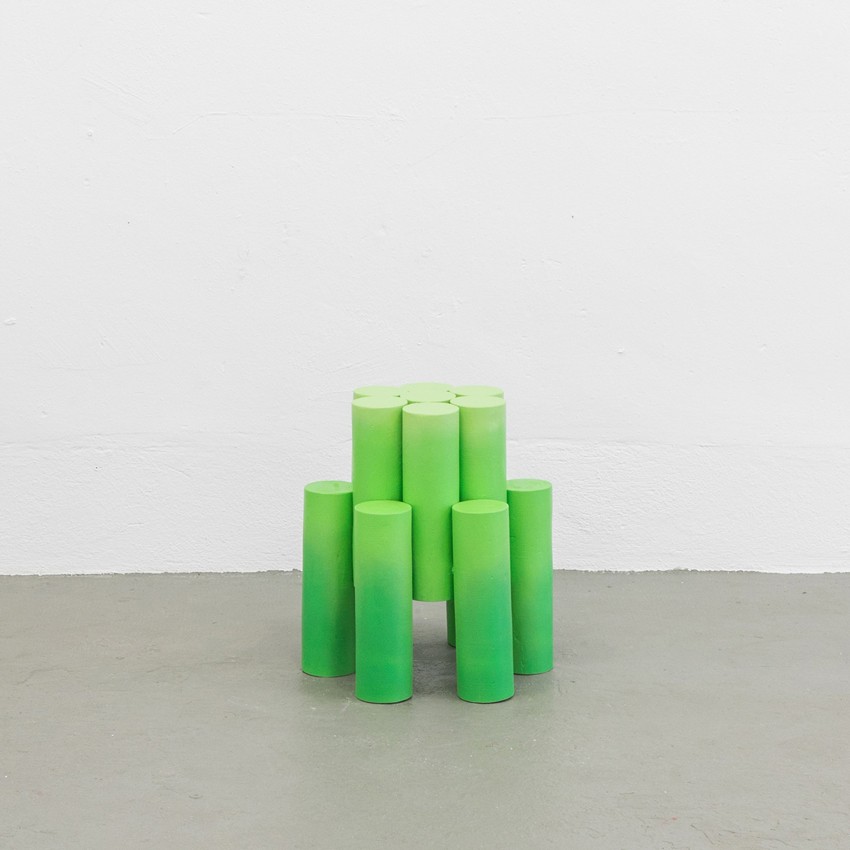
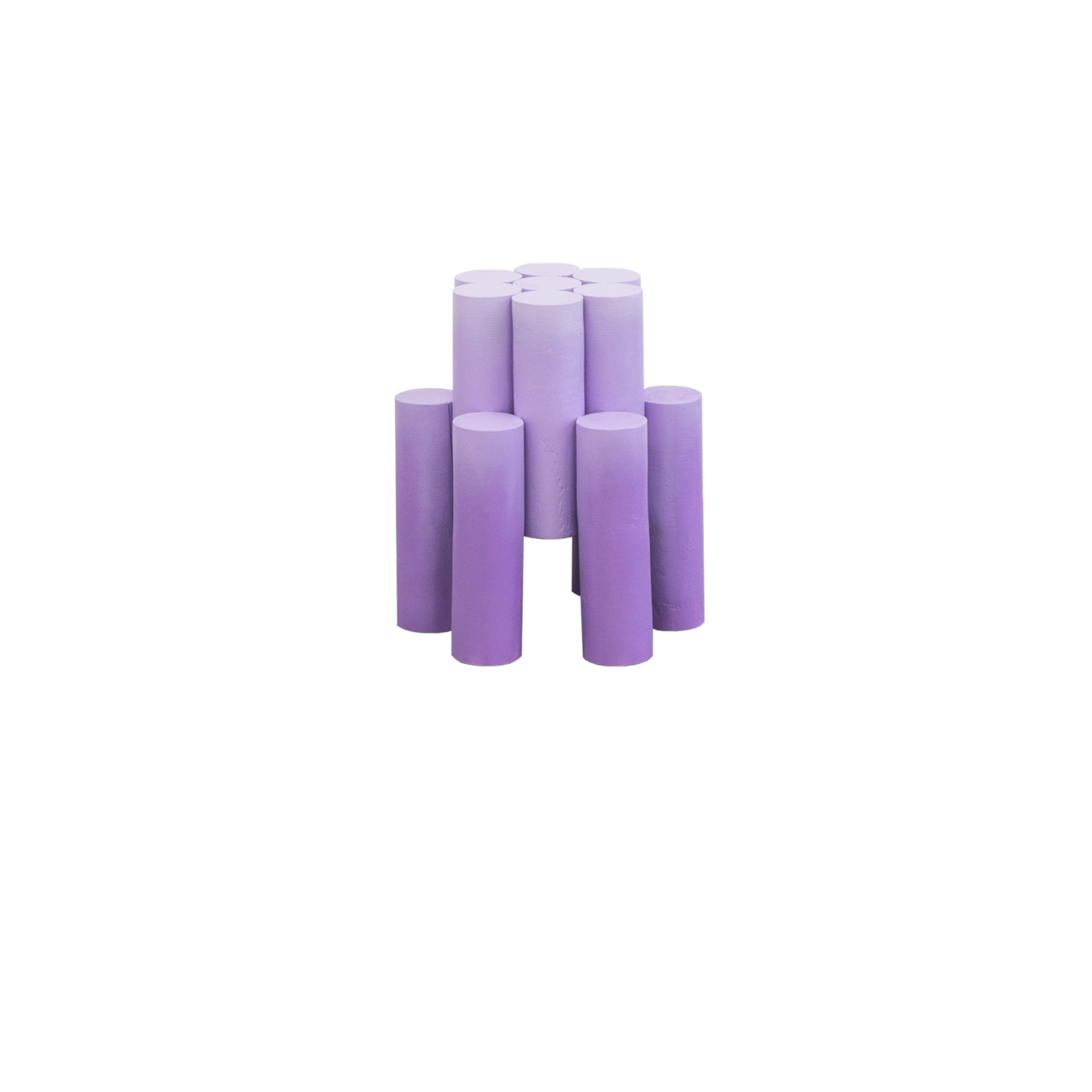
WHAT IS IT TO CONNECT?
This is an invitation to think about your own connections and design them more consciously. Have you ever made a list of what you feel connected to, or drawn a map of who you feel connected to?


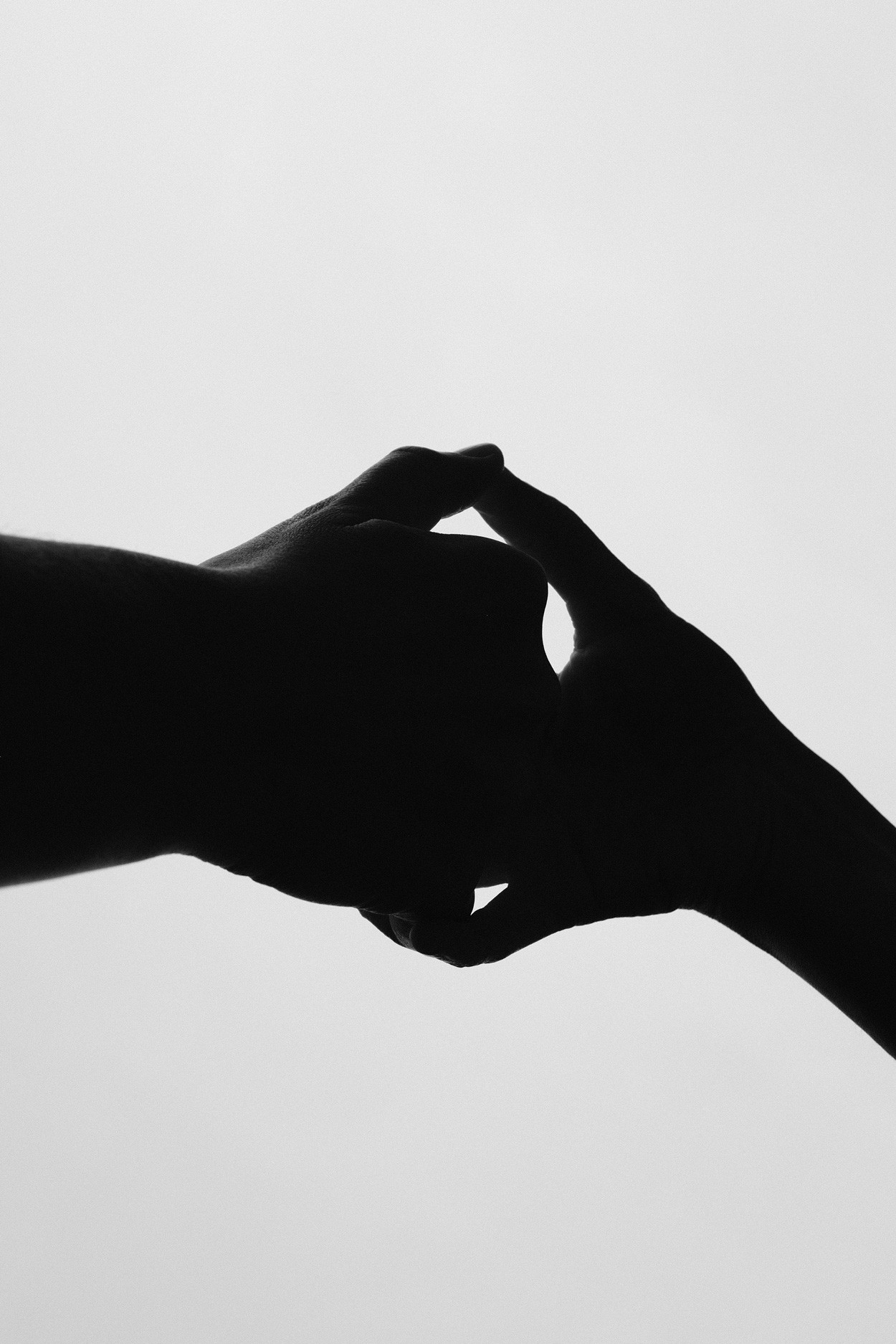


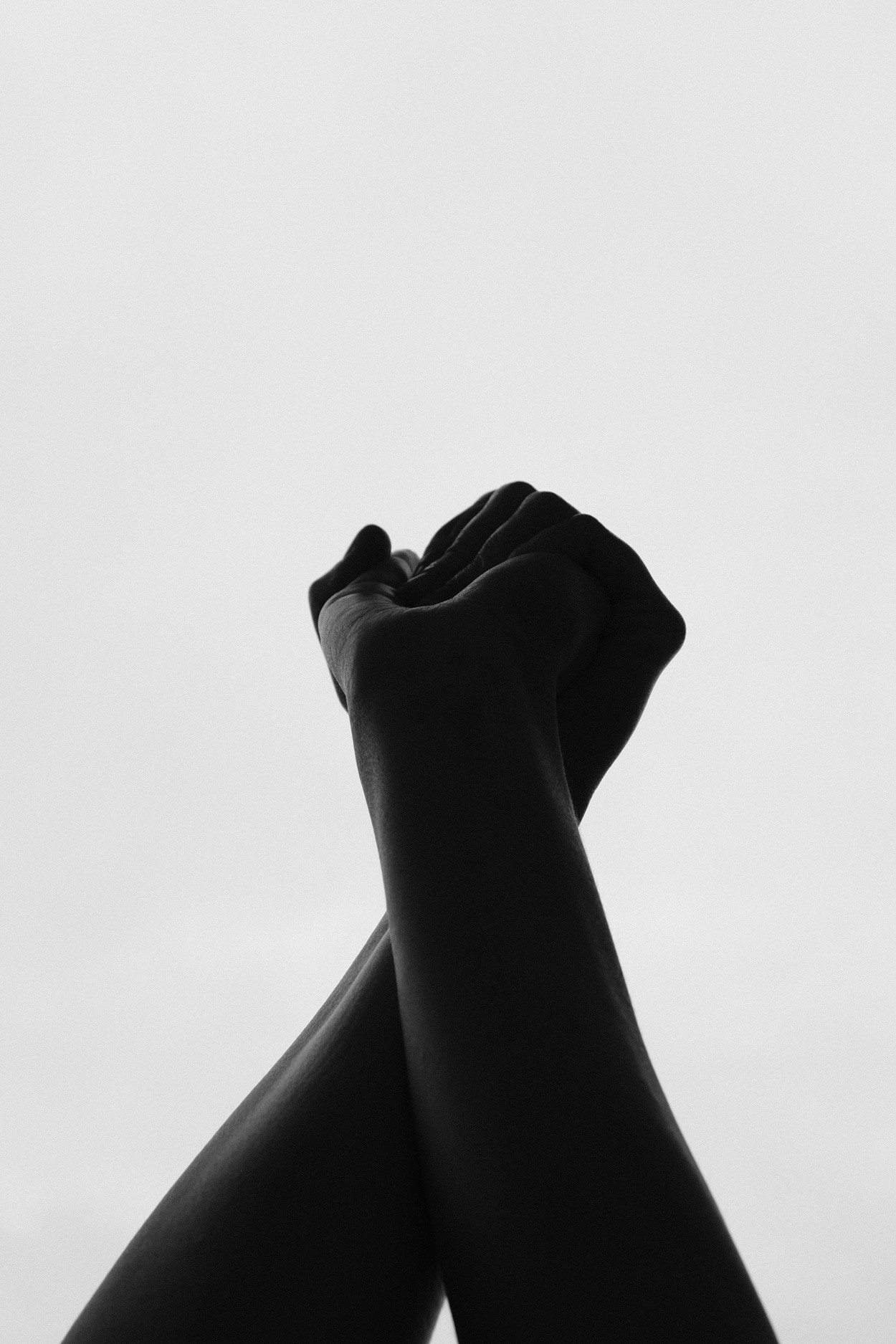
If you think about it, it’s pretty easy to see how much of the fabric of our daily lives is held together by connections. There are our family connections, our business connections, our friendship connections; there are the connections we draw in our mind when we understand something, or the connections we trace when we are moving from one place to another. There is the bad connection when your zoom image freezes and your phone call drops out, and the spiritual connections we might seek deeper meaning in. We live and strive through physical connections, social connections, technological connections, spatial connections and emotional connections.
But what exactly are these connections made of? What, really, is the stuff in between? In product design, there is an entire art focusing on joints: the screws, the nails, the magnets, the snap-fit joints, the welded joints, the clips, the clamps, the staples. Usually overlooked, there is a poetic agency to be found in these connecting bits. You could call them ‘connectors’: the stuff in between, the things that make all of our ties possible. What if you began to consciously choose, place, draw, make, think, design them?
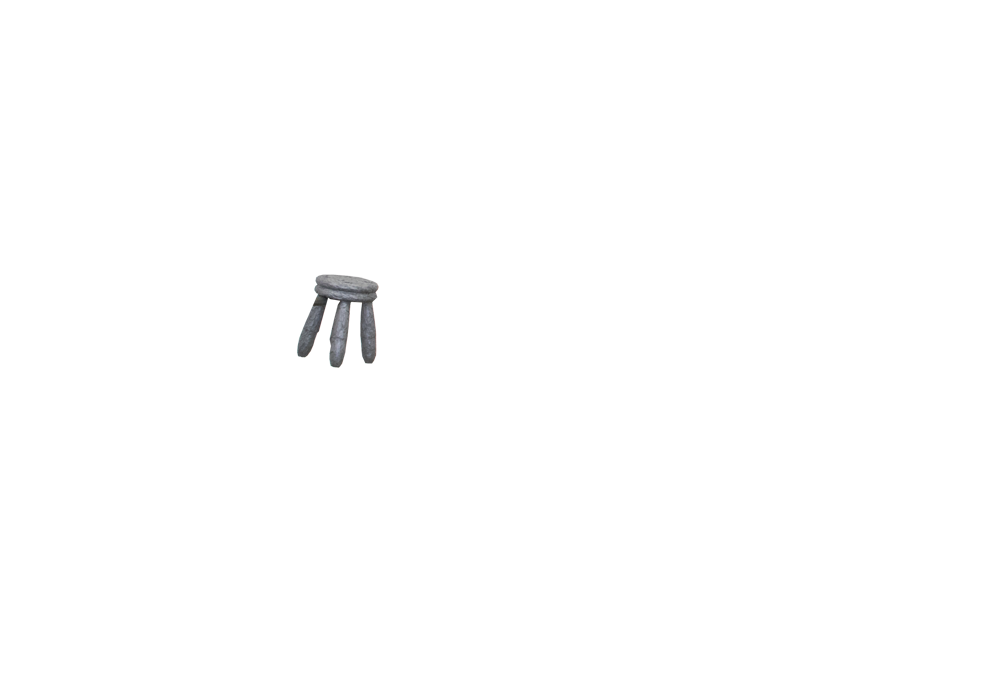
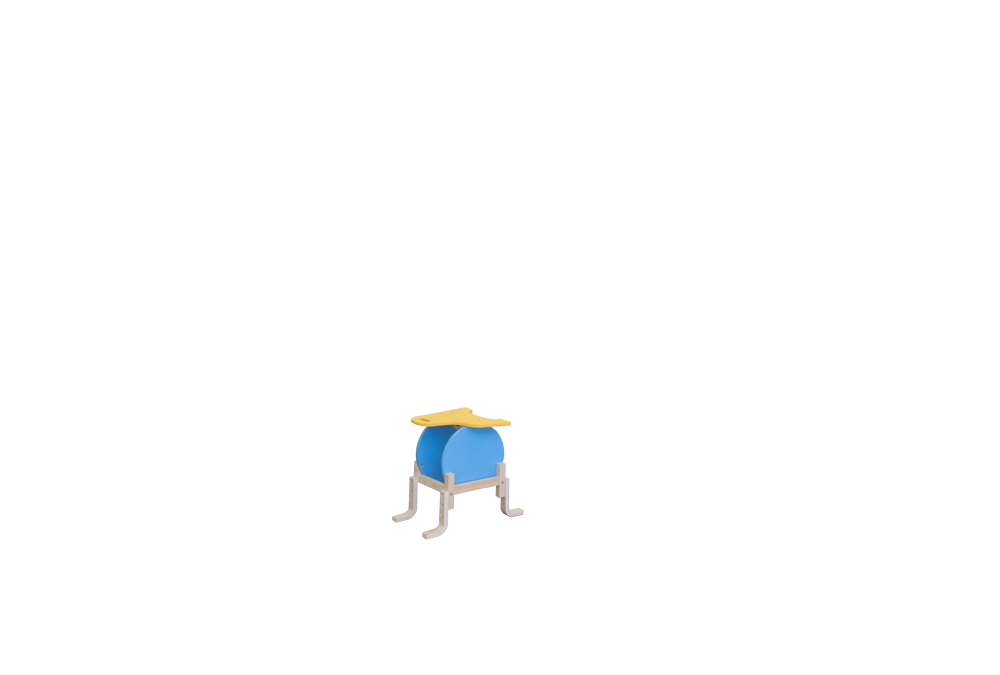
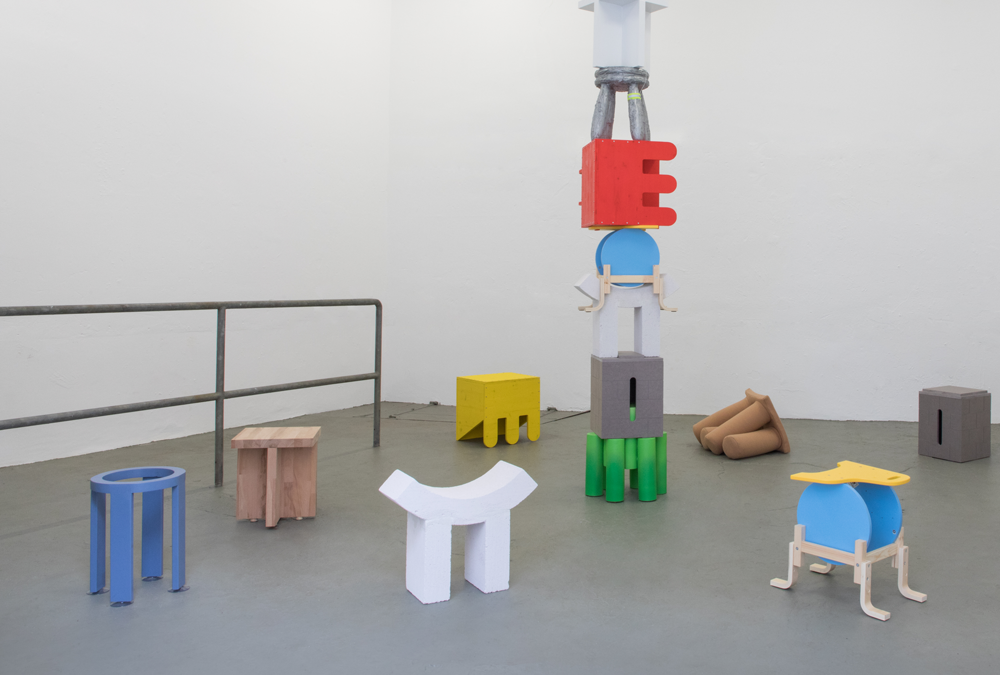
If connectors are the things that make all our ties possible, one could speculate about their defining characteristics. Are they made of wood, concrete, steel, or plastic? Are they rigid or malleable? Do they have to be material at all? What about the intangible connections, those we feel and think rather than touch? How are the connectors holding these bonds together shaped and put into place?
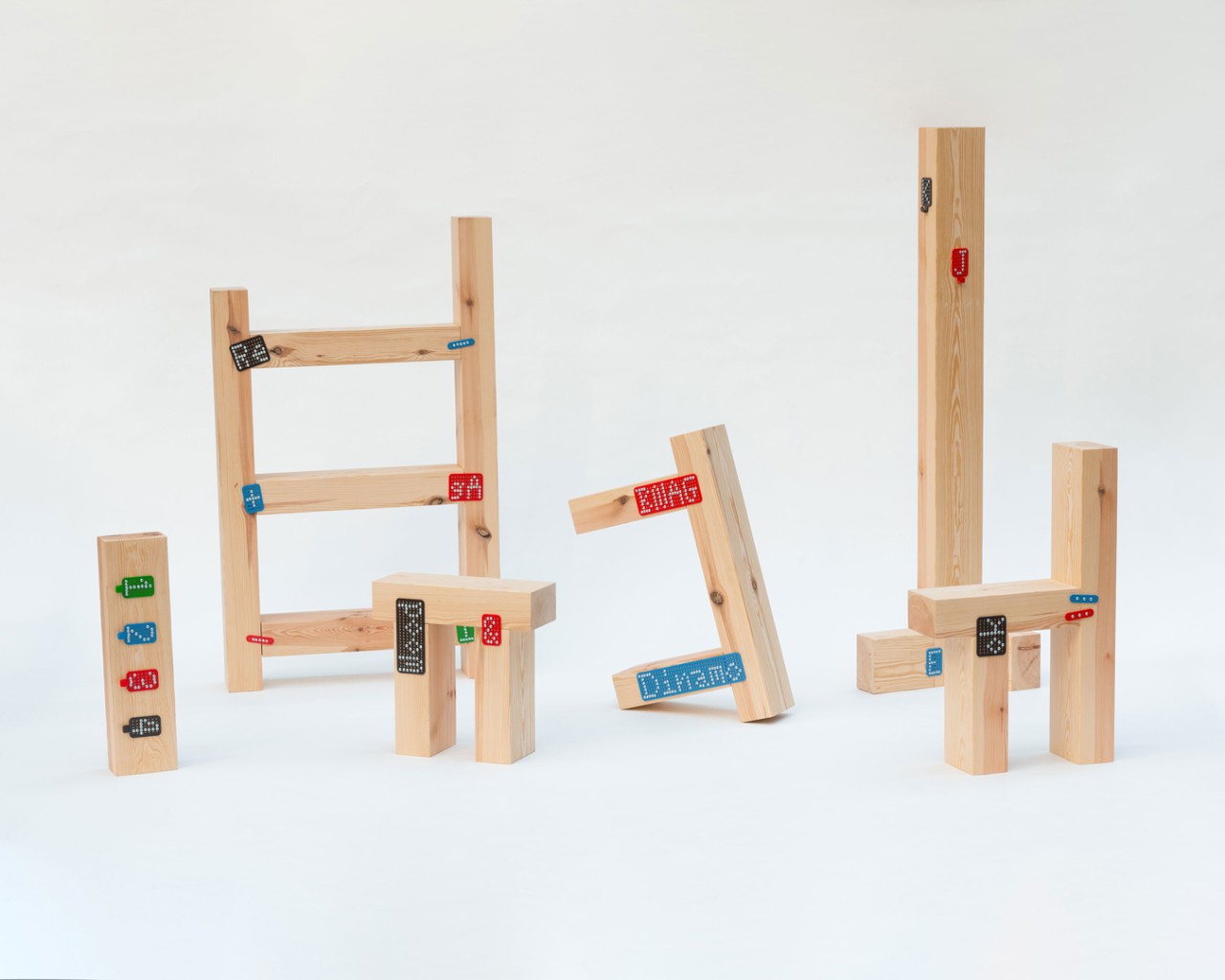
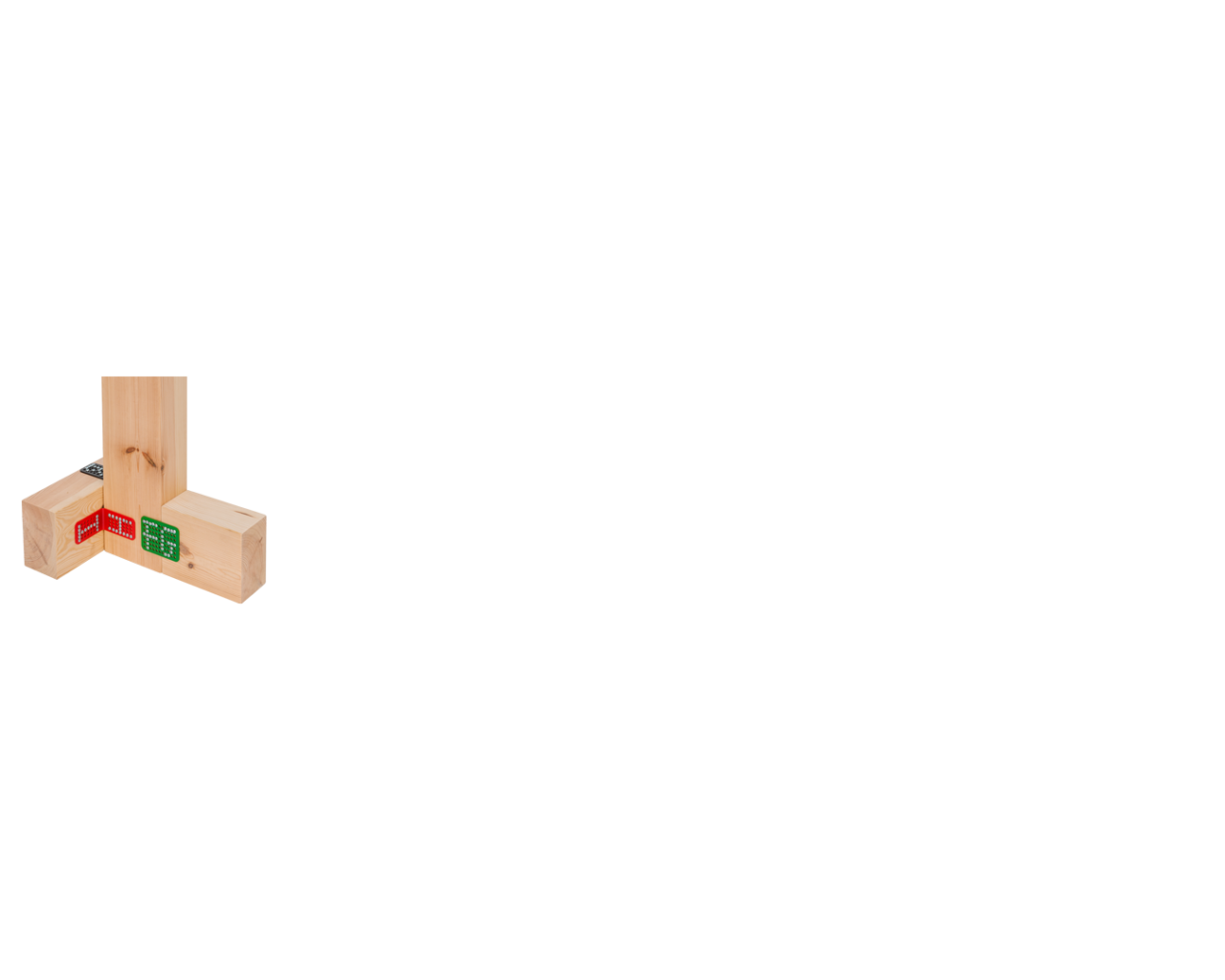
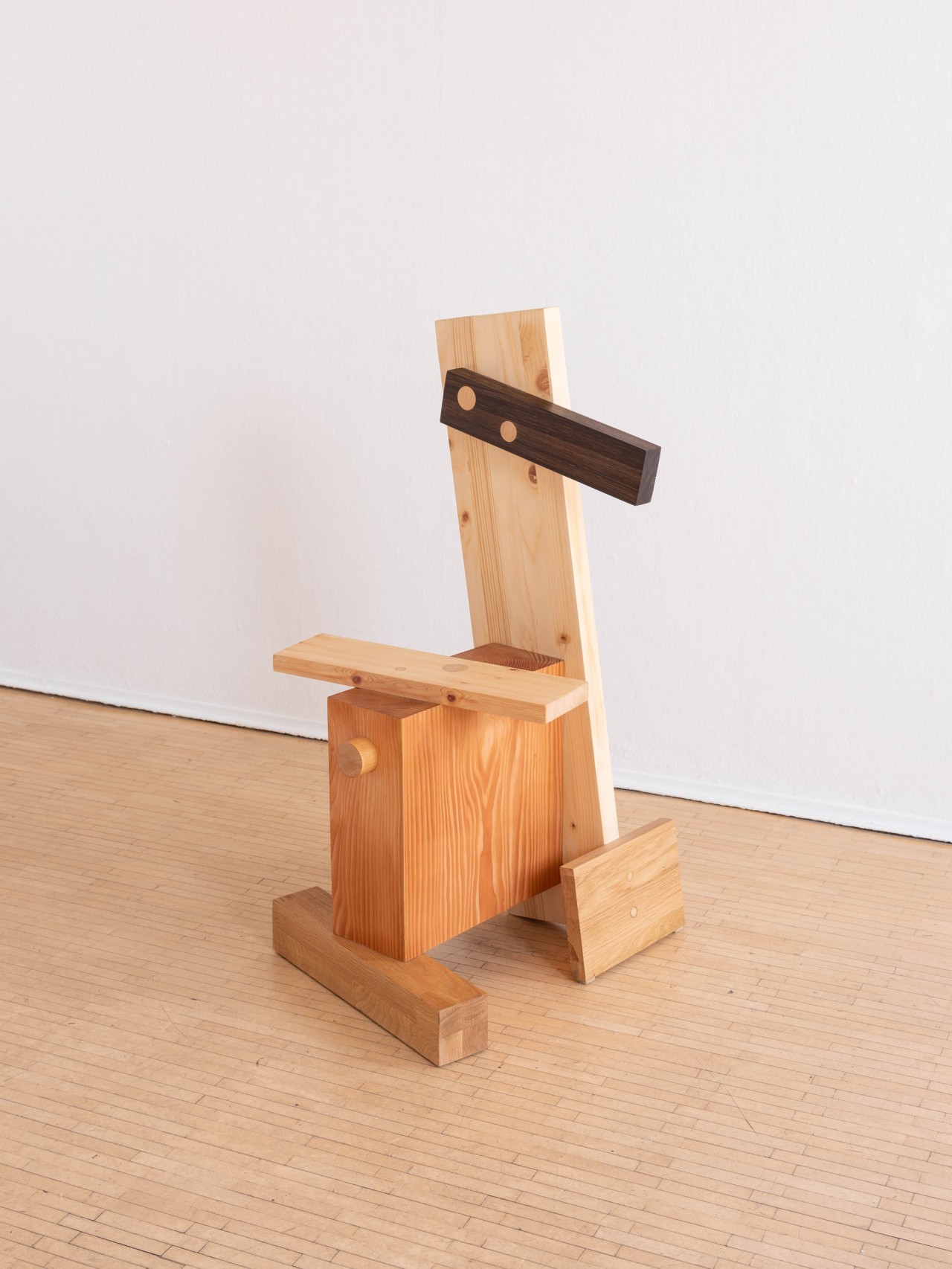
Thankfully, whenever thinking about the ontological conundrum of a concept, we can go back to the brilliant work of Cecilia Payne, who, in her doctoral thesis published in 1925 (in her mid-twenties, mind you!), discovered the chemical composition of stars. She was the first to understand that all the matter in our cosmos is essentially made of the same things: “A common chemistry and a common physics run through the universe.”1 Her findings inspired revolutionary microbiologist Lynn Margulis, who wrote, years later: “As the material stuff from which all living bodies are made, we have in another sense been around since the origin of the universe. The matter in the bodies of all life-forms [can be traced to the] elements that were made in the supernova explosions of stars”2. The work of Margulis, following the footsteps of Cecilia Payne and Alexander von Humboldt, explained life as a connected phenomenon.
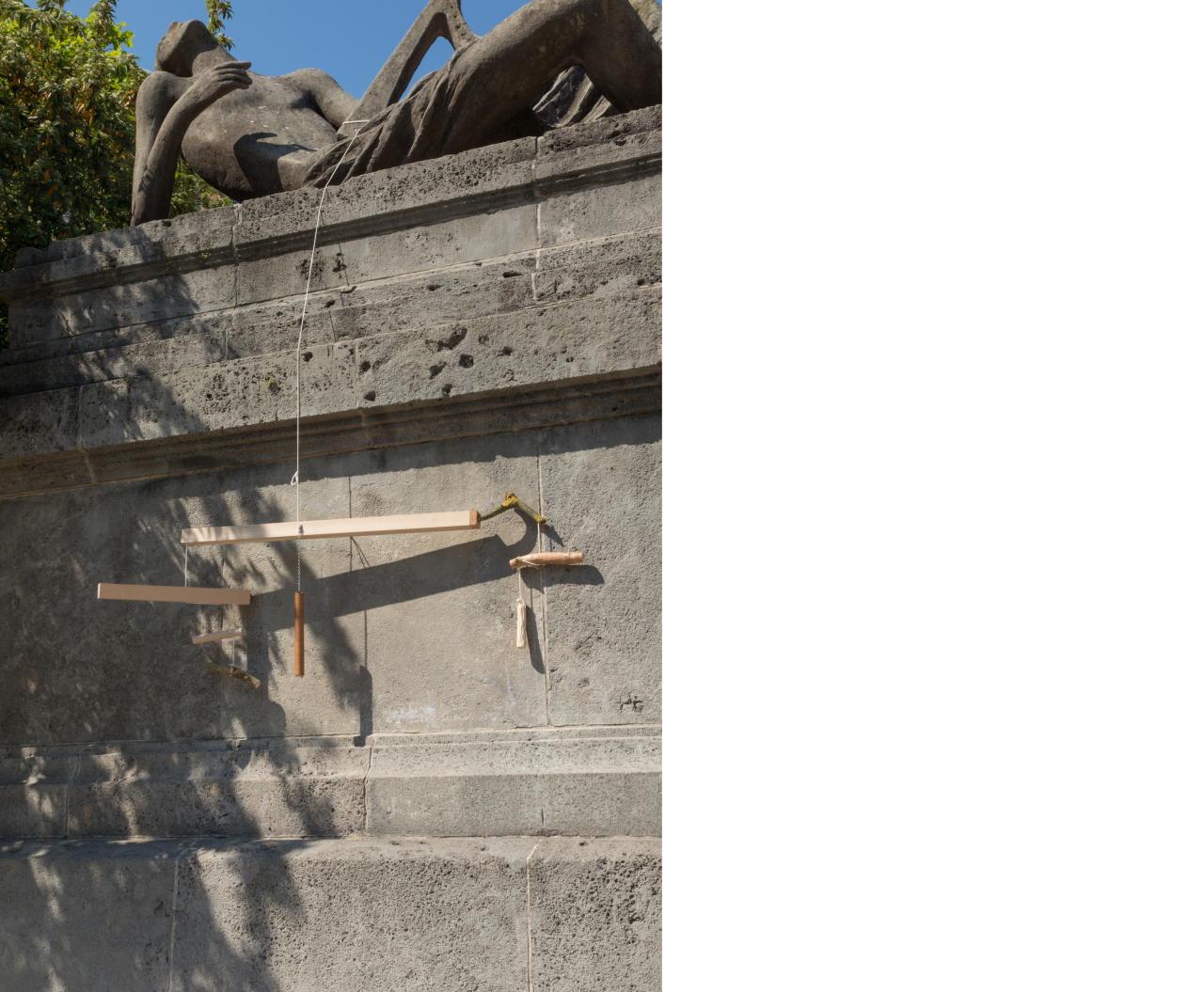
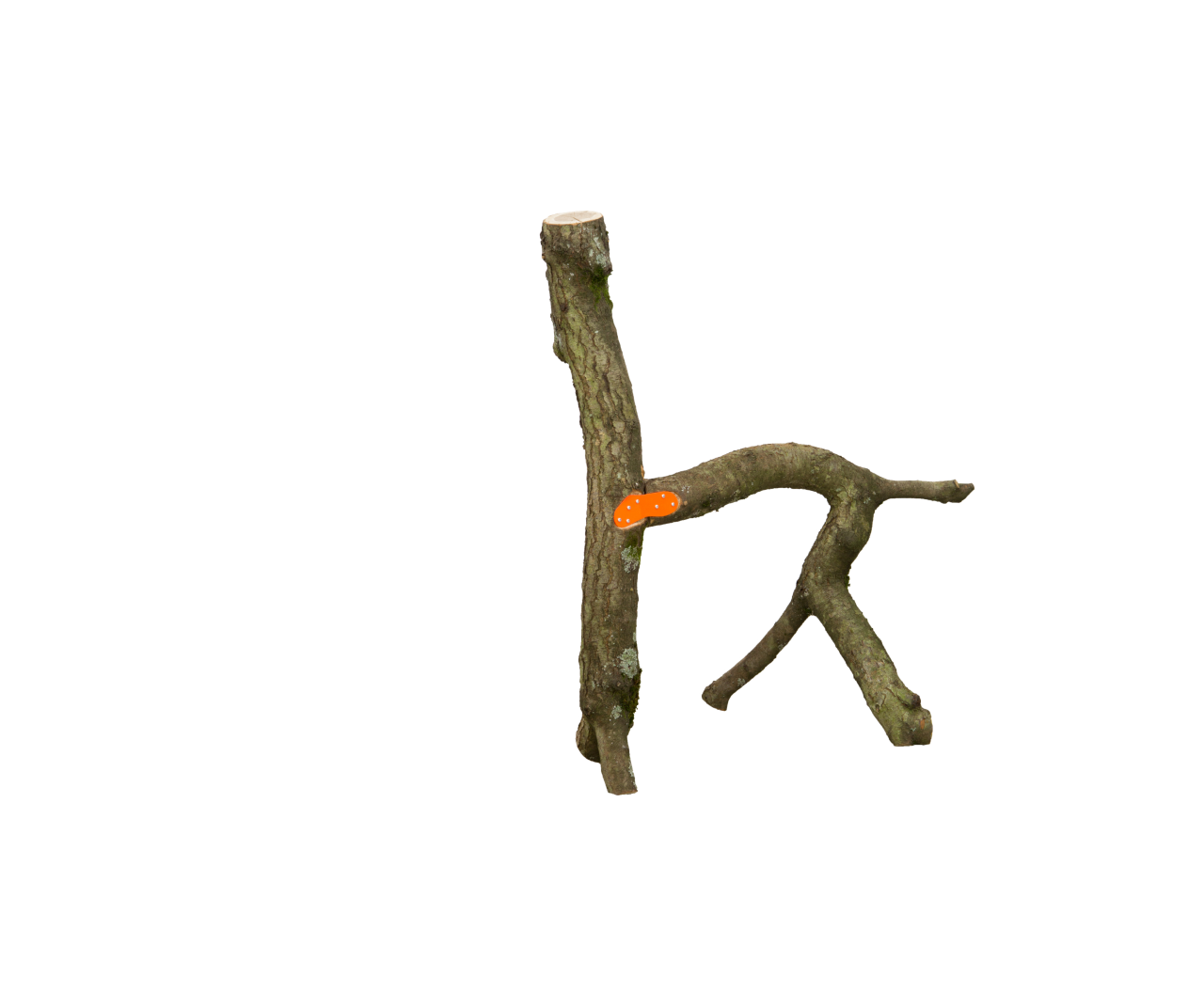
So basically, if we invite you to design your own connectors, be it physically or metaphysically, all we are asking you to do is to play with the stuff stars are made of.
Another way of breaking down the phenomenon of connectors is to follow James Vincent’s thoughts on the epitome of all design projects focusing on connections: type design studio DINAMO and design duo BNAG’s joint-venture ABC C-O-N-N-E-C-T-O-R-S3, which Madeleine Morley accurately describes as “a joyous subversion of furniture’s traditional impulse to conceal nails, joints, and other binding techniques”4. In the exquisite Zine C-O-N-N-E-C-T: A Blueprint for Collaboration accompanying the project, James Vincent writes: “… let’s say that once upon a time there were things that were separated and that combining them made a new thing that fulfilled a certain purpose. Maybe we were doing it with string and rope before nails and buttons were created that could survive the millennia to the present day. Certainly we clasped hands before we had language”5.
While the ABC C-O-N-N-E-C-T-O-R-S5 got you to build your own furniture using a set of metal brackets, this contribution hopes to inspire you to design your own connectors, or at least spark a deep appreciation for the quirks of this basic unit making up the networks of our everyday experiences. Here’s one way you could go about it: Start your own collection of possible connectors. Collect any object, material or entity you find around your house, your street or your surroundings that could be used to make a connection. From there, find two or more things you want to connect (with). Use a connector from your collection to establish a link. Keep that connection up for 24 hours and document your findings. Pass your new found knowledge on to someone else, adding another node to your fabric of connections.
References
- <www.themarginalian.org/2019/05/08/cecilia-payne-harvard-observatory-radio-talks> [accessed 7 December 2023]
- Lynn Margulis (1998). Symbiotic Planet. A New Look at Evolution. Massachusetts: Basic Books, p. 72
- <www.connect.parts> [accessed 7 December 2023]
- Connector Zine
- Ibid.